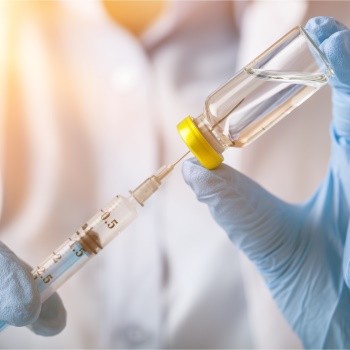
Recently Diagnosed or Relapsed? Stop Looking For a Miracle Cure, and Use Evidence-Based Therapies To Enhance Your Treatment and Prolong Your Remission
Multiple Myeloma an incurable disease, but I have spent the last 25 years in remission using a blend of conventional oncology and evidence-based nutrition, supplementation, and lifestyle therapies from peer-reviewed studies that your oncologist probably hasn't told you about.
Click the orange button to the right to learn more about what you can start doing today.
- You are here:
- Home »
- Blog »
- Multiple Myeloma »
- Can Multiple Myeloma go into Remission?
Can Multiple Myeloma go into Remission?

Can Multiple Myeloma go into remission? If so, how long will a person’s MM stay in remission? Is there any way to lengthen or deepen remission?
- Immunomodulatory drugs-Thalidomide, Lenalidomide (Revlimid), and pomalidomide (Pomalyst)
- Proteasome inhibitors-Bortezomib (Velcade), Carfilzomib (Kyprolis), and Ixazomib (Ninlaro)
- Monoclonal antibodies- Elotuzumab (Empliciti) and daratumumab (Darzalex)
- Immunotherapy- Isatuximab (Sarclisa)
- Nuclear export inhibitors. Selinexor (Xpovio)
- Glucocorticoid- Dexamethason, Prednisone
- nutrition,
- supplementation,
- complementary therapies, etc.
Recommended Reading:
Multiple Myeloma: Available Therapies and Causes of Drug Resistance
“The introduction of new drugs and combined regimens improved the overall survival of MM patients in recent years. However, drug resistance is still a concern to the majority of patients and particularly for the ones that relapsed or became refractory to those novel therapies.
Understanding the different mechanisms of drug resistance will allow the identification of new targets and the development of novel drugs to counteract this clinical problem. This review highlighted the major novel available therapeutics for MM and causes of drug resistance.
Of note, MM tumor cells may acquire simultaneously various alterations responsible for drug resistance, being particularly relevant when occurring in CSCs. Most importantly, the alterations in MM cells do not justify all cases of drug resistance, and attention needs to be paid to alterations in the tumor microenvironment and to intercellular communication.
It is imperative to be able to classify MM patients and to define at an early stage of the disease appropriate personalized therapeutic strategies. Thus, it will be necessary to fully understand the molecular mechanisms involved in drug resistance for different drugs, in order to identify new molecular targets and therapeutic tools to overcome this problem and prolong MM patients’ survival.”
Multiple Myeloma Remission
“Multiple Myeloma Remission and Relapse – ICD 10 Codes
What does it mean to be in remission with multiple myeloma? Let’s first talk about the basics: being in remission with myeloma is not the same as being cured of myeloma. Remission can be in part or in full. You may still have detectable myeloma but have fewer cancer cells present. Every patient wonders how long that remission will last, but there is no simple formula and every patient is different. It can depend on the type of myeloma treatment you receive, the genetics of your myeloma and other health factors.
It is common for myeloma to return after an initial remission. This is called relapsed multiple myeloma. The goal of today’s treatment is to extend the length and depth of remissions until a cure can be found.
There are various levels of response patients can have to treatment:
Stable Disease (SD)
Stable Disease is when a patient has had some response to treatment but less than 50% reduction in monoclonal protein levels. Their disease is not improving or getting worse.
Partial Response (PR)
Partial Response is when a patient has had over a 50% reduction in their blood monoclonal protein and a reduction of M-protein in the urine of over 90%. If a patient had a plasmacytoma (a single lesion), a partial response would mean over a 50% reduction in tumor size.
Very Good Partial Response (VGPR)
A Very Good Partial Response means that the monoclonal protein levels can be detected by the IFE (immunofixation test), but not by the electrophoresis test in the blood and urine. It also means that the M-protein has been reduced in the blood by over 90%.
Complete Response
A Complete Response means that there is no detectable monoclonal protein in the body.
Stringent Complete Response
Stringent Complete Response means that a patient has achieved a Complete Response and they also have a normal free light chain ratio and have no clonal cells in the bone marrow as measured by immunohistochemistry or immunoflourescence.
Minimal Residual Disease Negative
More sensitive testing is available that can detect lower levels of disease either by flow cytometry or by Next Generation Sequencing testing. If a patient is MRD negative, it means they have achieved a Stringent Complete Response and no myeloma cells can be detected in a sample of a million. This is a bone marrow biopsy test.

